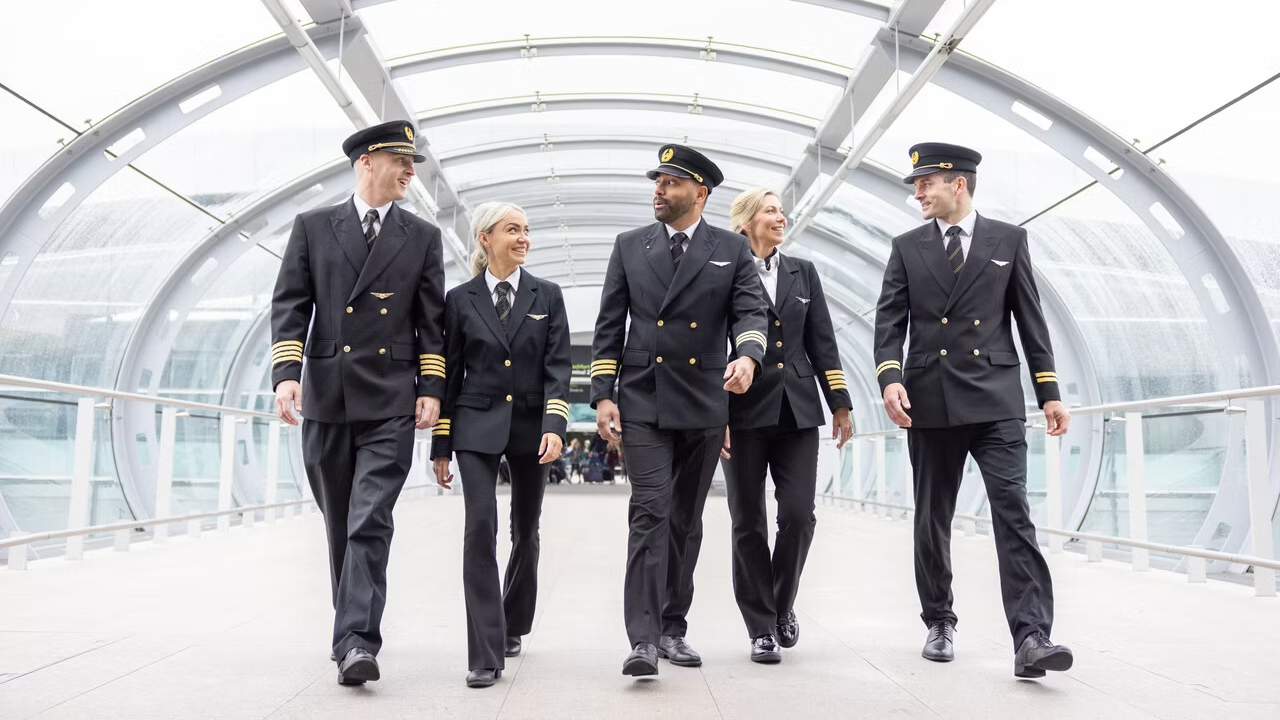Airline operations feature multiple pilot duty roles. While the responsibilities of a pilot's title, such as captain, first officer, or second officer, remain unchanged, the duties on a given flight rotate. Chiefly, pilots decide who will be flying and who will monitor. Long-haul pilots have even more decisions to make in addition to this. Here's a brief explanation of how pilots determine such tasks.
Two pilot crews
Crews featuring two pilots usually contain a captain and a first officer. On occasion, two captains might be paired to work together. This happens when staffing is limited or a new captain is undergoing "line training." The captain usually asks the first officer about flying preferences before the first flight of the trip. Pilots split flying and monitoring duties equally, and most crews determine who will be flying the upcoming sectors at the outset of the trip. A plan for who will fly helps ensure pilots have a variety if desired. For instance, a trip with multiple "out-and-backs" from a hub could see one pilot making approaches and landing at the same airport every time. If this is the case, pilots might agree to switch roles every two flights rather than every other leg.
Though exceptions exist, pilots are usually free to decide who flies every flight. Some airports feature challenging approaches due to their proximity to rising terrain. These airports might require special training to fly to and are often "captain-only" flights. Examples of such airports are Reno, Nevada; Quito, Ecuador; and Kathmandu, Nepal. These examples demonstrate that "captain-only" airports are usually in the mountains and surrounded by even higher mountains. Crews consider airports at the beginning of trips to ensure the flying is fairly shared.
Augmented crews
An augmented crew is the airline term for a long-haul crew with three or four (depending on the flight's length) pilots. Some trips with augmented crews will have enough legs for every pilot to fly at least one sector, especially in cargo operations. For example, a three-pilot crew might travel from Leipzig to Hong Kong, Hong Kong to Delhi, and Delhi back to Leipzig. Passenger-carrying long-haul crews more often feature three-day trips with just two flights, meaning that one of the pilots will not get a chance to be the pilot flying.
At most airlines, three-pilot crews feature two first officers and a captain. The captain flies one of the legs, and the first officers decide who will be the "FB" and the "FO" (the "food boy" is the affectionate title for the pilot who will not be flying). At least one airline in the US assigns these roles without the first officers having to decide this for themselves. In this model, first officers bid for their role every month. Some pilots prefer being the third pilot because it affords them a better schedule based on their seniority.
Want answers to more key questions in aviation? Check out the rest of our guides here.
Dividing duties is relatively straightforward. Most pilots don't have a preference on which legs they fly, particularly if they have been to a destination more times than they can remember. On the other hand, most pilots get a slight kick out of landing at an airport that is new to them. Who lands where is what determines who flies more than anything else.


